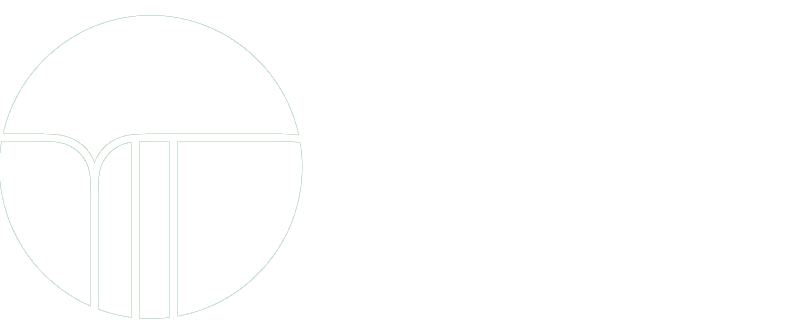There’s a weird thing that happens when I teach yoga. I teach in a very verbal way. Demonstration is not necessarily the most important thing as I try to avoid suggesting that my students imitate the shape my body makes. All bodies are built differently, and it’s illogical to expect them to all move in the same way.
I talk quite a lot during my class. And I notice how I repeat myself in every class. My “settling down” and “waking back up” scripts are pretty similar. This isn’t a bad thing - as a student, the familiarity of the structure of a lesson is comforting and makes it less stressful (and no one wants to leave a yoga class stressed!) It is also said that we need to hear an instruction at least three times before we really hear it.
I found this acceptance of repetition difficult for a long time, but now I love to slip into the cosiness of it. As a business owner, a writer, and a speaker, I used to feel that the repetition would make me boring, but I’ve realised that not everyone hears, reads, or sees everything I put out there and even if they do, few people absorb it the first time.
A lot of the yoga I have learnt and that I teach is based on repetition. The repetition of movement builds new neuro-muscular pathways in the body, which leads to more nourishing movement. The repetitive practice of meditation creates space between our triggers and our reactions, which lead to more measured response. A lot of my satisfaction coaching is along the same lines, training new neural pathways in the brain towards more reasonable thought processes.
This is all about creating new habits, and habits do not happen overnight. Studies show that it can take between 30 and 250 repetitions to embed a new habit. Habits can be anything we do without conscious thought, whether that’s physical movement, thought or emotional reaction.
Every now and then, a new theme comes into the verbalisation of my teaching. More often than not, it’s unplanned. It’s not necessarily anything new. Sometimes it’s led by the postures or movement I’ve chosen; often it’s a reminder to myself. And this week, the same phrase popped up a few times.
Intention is more important than the outcome.
I don’t subscribe to the idea we should take whatever route necessary to get to our destination. After all, the time we spend on our journeys through life tends to be longer than the time we spend at the destinations. And those destinations have little meaning if we are not intentionally guided to them.
An example in yoga is Warrior II. A very classic yoga pose and one a lot of people – even outside of yoga - will be familiar with. You can look at any number of photos or illustrations of yoga masters or gurus doing this pose to its “fullest”. You can try to imitate those images. But if the bone structure in your hips is forward-facing, you will never comfortably rotate your hips to face the front without compromising your knee or your lower back (or both!).
So, what’s the point? What’s the point of focusing on the outcome of copying a posture your body isn’t made for that could cause you physical damage? Better to have the intention of finding a comfortable, nourishing Warrior II pose which works with your body. Or to consider why you want to do Warrior II at all. Is it for strength? Mobility? Is it more of a mental exercise than a physical exercise? Could you achieve the same outcome in a more nourishing way with a different movement?
Of course, this doesn’t just apply to yoga. And while sometimes it is nice to do something “just because,” often it is a clear intention that will lead to the best outcome. This also takes the pressure off trying to “achieve” the outcome (or the pose). It’s easier to achieve an intention than an outcome, and inevitably more nurturing and sustainable.
So, the next time you practice or teach, can you consider whether you are acknowledging the intention more than the outcome?
